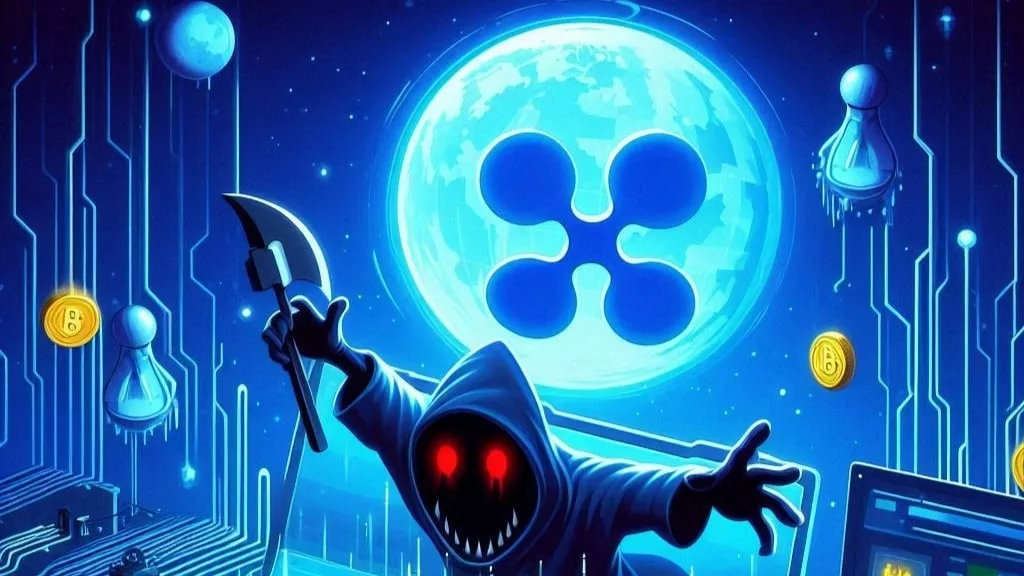
In a significant shift for Shiba Inu (SHIB), long-term holders have now amassed over 80% of the total supply of the token. This transformation in the investor ecosystem points to growing confidence in the asset, despite recent price declines. According to data from IntoTheBlock, the number of long-term SHIB holders has risen by 7.5% in the first quarter of 2025, signaling a clear shift away from short-term speculative trading that initially characterized the token.
Between January 1 and April 2, 2025, the total SHIB supply held by long-term investors (those holding the asset for over a year) grew from 732 trillion tokens to 787 trillion tokens. This increase occurred despite a 45% decline in SHIB’s price during the same period. This rise in long-term holdings contrasts sharply with the behavior of mid-term and short-term holders. Mid-term holders reduced their positions by 18%, while short-term traders drastically decreased their holdings by 43%, from 36 trillion tokens to just under 21 trillion.
This shift in investor behavior is a significant indicator of the evolving nature of SHIB’s market. Traditionally, Shiba Inu’s price movements were heavily driven by short-term speculators and retail investors. However, the growing number of long-term holders indicates that a more patient and strategic investor base is now in control. As speculative trading slows, there is an increasing focus on long-term accumulation, suggesting that SHIB’s future market behavior could become more stable and less prone to dramatic price swings.
An important factor contributing to this shift is the drop in SHIB’s exchange reserves. Data from CryptoQuant reveals that SHIB’s exchange reserves dropped by 37.6% between January 1 and April 2, 2025, from 139.7 trillion to 87.2 trillion. This decline in reserves suggests that fewer tokens are being held on exchanges, which is often seen as a bullish sign. A reduction in exchange reserves typically leads to tighter sell-side liquidity, making it harder for large sell-offs to depress the price. As a result, the tightening supply could contribute to more stable price action in the future.
Despite these encouraging signs, Shiba Inu’s price has continued to fall, suggesting that broader market conditions or insufficient demand may be overriding the positive developments. Additionally, data from IntoTheBlock shows that large holder netflows have been volatile. On January 6 and 7, over 33 trillion SHIB entered exchanges, which often signals large sell-offs by whales. However, by February and March, large holder netflows plunged by more than 212%, while SHIB’s price remained relatively stable. This indicates that whale activity is no longer dictating the market as it once did, and other factors, such as retail sentiment or broader market conditions, are increasingly driving price movements.
The shift in investor behavior points to a more mature market for Shiba Inu, one where long-term holders are in control. Speculative trading appears to be waning, with a growing emphasis on accumulation. This may indicate that, in the future, Shiba Inu could see more stable price action, even if short-term price volatility persists. The continuing accumulation by long-term investors and the decline in exchange reserves suggest a tightening market that could set the stage for more consistent growth in the future.
In conclusion, while SHIB’s price has faced challenges in early 2025, the data indicates a structural shift in the market. The dominance of long-term holders, coupled with decreasing exchange reserves, points to a more stable future for Shiba Inu. As speculative traders step back and long-term investors take the lead, SHIB’s market dynamics are evolving, which could lay the foundation for future price recovery and long-term growth.

Get the latest Crypto & Blockchain News in your inbox.